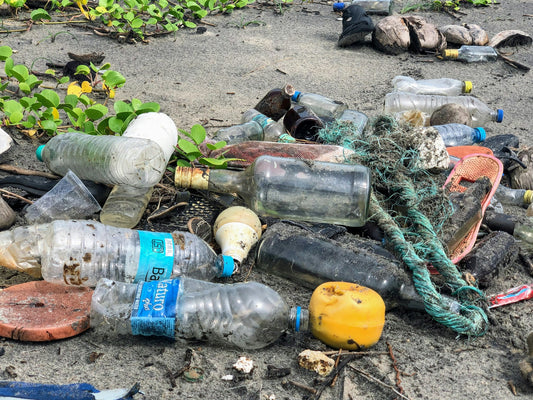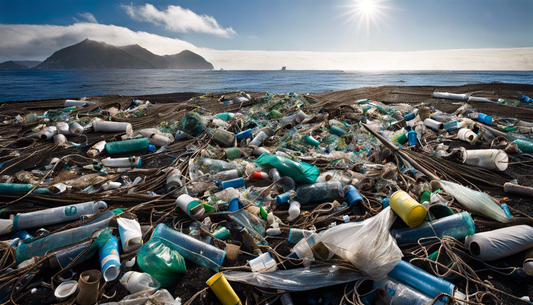Share
Researchers have documented a significant rise in air pollution linked to space activities, including rocket launches and re-entries. The study, part of the "Pollutionwatch" series, tracked 446 rocket launches and the trajectories of re-entering objects between 2020 and 2022. Key findings include:
Rocket Fuel and Debris:
The use of 63,000 tonnes of rocket fuels and the re-entry of 3,000 objects contributed approximately 12,000 tonnes of pollutants.
Megaconstellations:
The rapid increase in communication satellites, such as those in the Starlink and OneWeb systems, has led to unprecedented numbers of objects in orbit.
Pollutant Emissions:
Launches emit pollutants like soot particles, aluminum oxides, nitrogen oxides, chlorine, water vapor, and carbon dioxide. Re-entry reactions produce additional nitrogen oxides and metal-oxide particles.
Climate Impact:
Soot particles can linger for years, causing a climate warming effect up to 500 times more significant than equivalent soot from aviation or ground sources.
Ozone Depletion:
Aluminum oxide particles, nitrogen oxides, and chlorides can deplete stratospheric ozone, which shields us from harmful ultraviolet radiation from the sun. The study highlights the need for more transparent data collection and management of space-related pollution to mitigate its environmental impacts.
Rocket Fuel and Debris:
The use of 63,000 tonnes of rocket fuels and the re-entry of 3,000 objects contributed approximately 12,000 tonnes of pollutants.
Megaconstellations:
The rapid increase in communication satellites, such as those in the Starlink and OneWeb systems, has led to unprecedented numbers of objects in orbit.
Pollutant Emissions:
Launches emit pollutants like soot particles, aluminum oxides, nitrogen oxides, chlorine, water vapor, and carbon dioxide. Re-entry reactions produce additional nitrogen oxides and metal-oxide particles.
Climate Impact:
Soot particles can linger for years, causing a climate warming effect up to 500 times more significant than equivalent soot from aviation or ground sources.
Ozone Depletion:
Aluminum oxide particles, nitrogen oxides, and chlorides can deplete stratospheric ozone, which shields us from harmful ultraviolet radiation from the sun. The study highlights the need for more transparent data collection and management of space-related pollution to mitigate its environmental impacts.
We hope you enjoyed this article. Please feel free to leave a comment below if you want to engage in the discussion.
If you want to read more like this, make sure to check out our Blog and follow us on Instagram. If you are interested in truly sustainable products, check out our Shop.
Check out the original source here.








